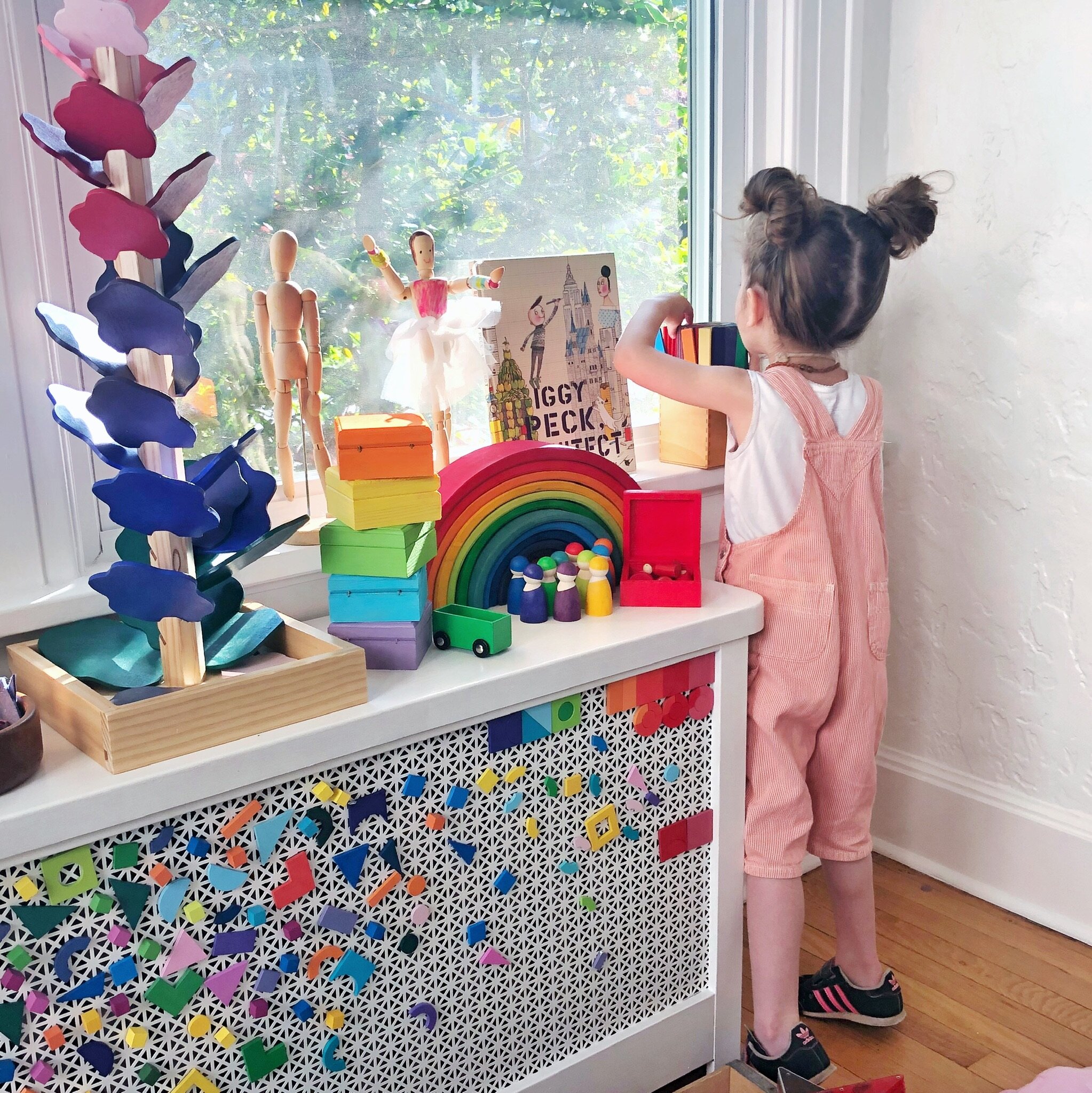Handling 'That's Not Fair!' Moments: Effective Parenting Strategies
/Is “That’s not fair!” a common theme in your house? If it is, you are not alone.
Fairness is a hard concept for kids to understand, so when their friend or sibling is receiving more or getting to do something different, it can feel like their whole world is crashing down.
Here’s how you can respond to your child and acknowledge the situation, without losing your cool.
Acknowledge Your Child’s Feelings
It is okay for your child to struggle with feelings of unfairness. It is healthy and appropriate for your child to have big emotions around what’s “fair.”
Imagine that your older child is ready to go on errands with your partner. They are spending the afternoon together while your little one stays home for a nap and time with you. As your partner heads out the door, your little one erupts into tears. It’s not fair!!!
PAUSE: You might wantwant to distract them and change the subject the second they begin to wail. You may want to say, “Want to come help me make something special?”
Or, your default mode might be, “That’s just the way it is”. You might want to convince them of WHY is actually is fair by proving to them all of the times they got to go while their sister stayed home.
Instead, try this:
“It feels like she always gets to go with Daddy.”
“This is hard for you.”
“You wish you could go along too.”
“You’d love to have Daddy all to yourself.”
Acknowledging their feelings like this does not mean that you have to fix whatever they are upset about. You are simply aiming for understanding.
Children are still learning how to articulate their emotions, and more often than not, what they want most is for you to connect with them and see them in that moment.
Check out this blog for some more ways to help your child feel seen.
Talk and Teach Later
Later in the day, reflect on the scenario that took place earlier that day with your child to really seal the lesson that was taught. This could sound like:
“Your sister got to go with Daddy today. You were upset because you wanted to go too. That was really hard for you. You cried and then, when you felt a little better, you wrote down all the things you WISH you could do with Daddy today. Let’s save that list and give it to Daddy for when it is your turn for an alone date with him”.
It can be difficult as a parent to feel like we’re doing the most for each child equally, but remember, fairness is less about doing things equally, and more about meeting each child’s unique and specific needs.
I hope you enjoyed this blog! If you want to keep up with more Workspace for Children content, follow along on Instagram by clicking HERE.
SUBSCRIBE TO MY NEWSLETTER
WANT TO SEE MORE BLOGS LIKE THIS ONE? GREAT! CHECK OUT THE POSTS BELOW!
CHECK OUT OUR EBOOKS!
THE PLAY PLAN
The Play Plan is an ebook containing play invitations that are easy to set up, inexpensive, and apply children of all ages. The 25 play prompts are divided into five categories and use items that you most likely already have at home. These play prompts consider children of all ages, all developmental stages, and all learning capabilities. Each prompt can be tailored to fit your unique child’s needs. Play is meant to be simple.
$28
QUIET TIME AND INDEPENDENT PLAY EBOOK
This downloadable ebook is your personal guide to Quiet Time and Independent Play. This ebook will teach you the basic steps to implementing a Quiet Time and Independent Play strategy that works. The guide teaches you my proven 5 step method for implementing a daily break without using screens. (Guide includes 5 bonus invitations to play.)
$27















Rescuing them from discomfort also robs them of resilience.